If you’ve ever seen flower crowns, people dancing like frogs, and long feasts under a sun that refuses to set, chances are you’ve had a glimpse of Swedish Midsommar.
Midsommar (literally: “mid-summer”) is celebrated on the Friday closest to June 24th, and to Swedes, it’s second only to Christmas in importance. Or honestly, even more important for many. It’s when families gather, city centres empty out, and everyone heads to the countryside to eat, drink, sing, and soak up every drop of sunshine possible.
And the food? It’s not just a meal. It’s the soul of the celebration.
A Quick Look at the Midsommar Table Tradition
Swedish Midsommar food isn’t about showing off or spending days in the kitchen. It’s about serving the same favorites that generations before you also loved. It’s casual, seasonal, and built for long lunches and second helpings.
The dishes are mostly served cold, buffet-style. Think big platters, rustic bowls, and small Swedish flags poking out of potatoes. Everything pairs together perfectly. And yes, there will be a bottle of aquavit waiting in the center of the table.
Here are the must-haves.
Pickled Herring (Sill)
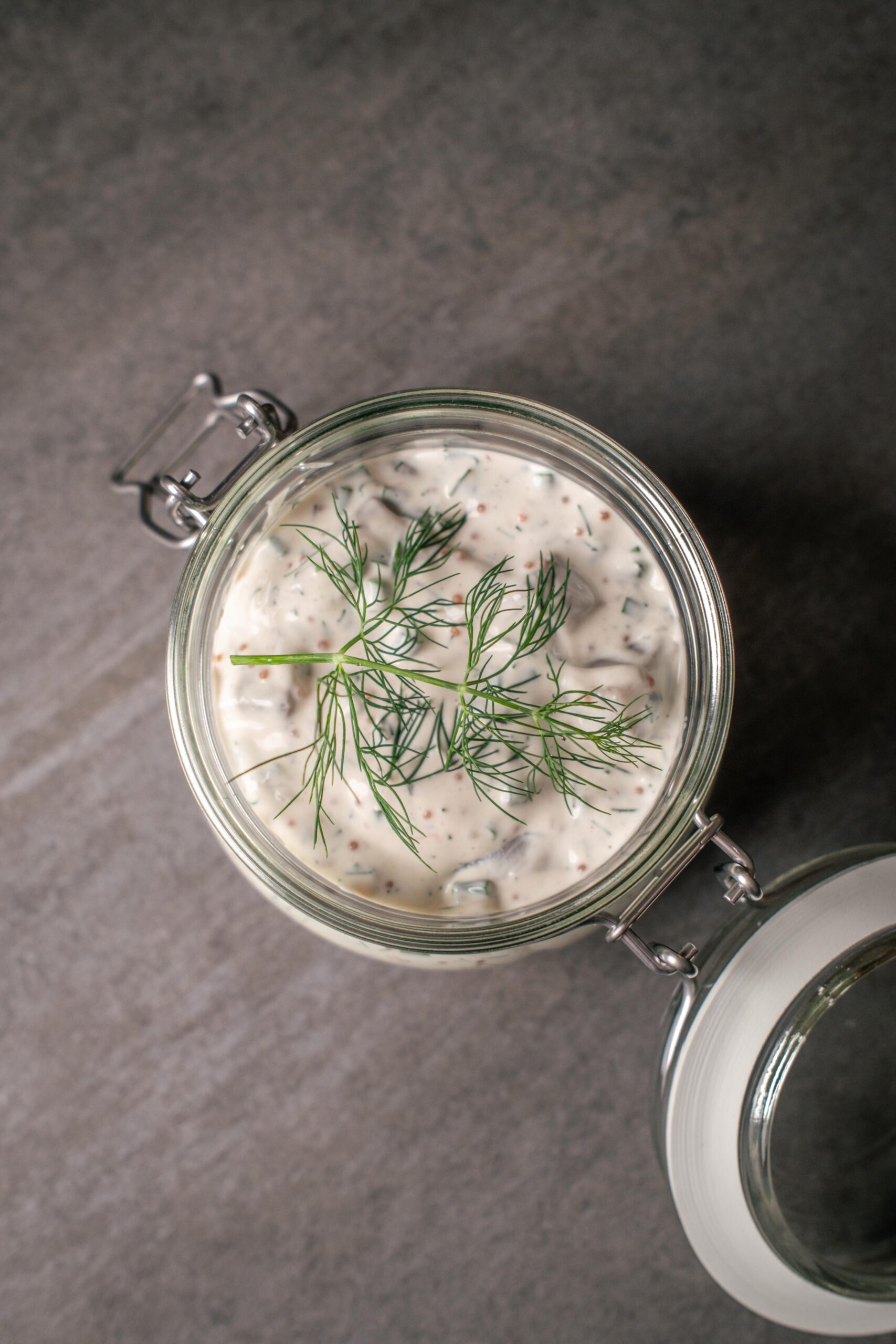
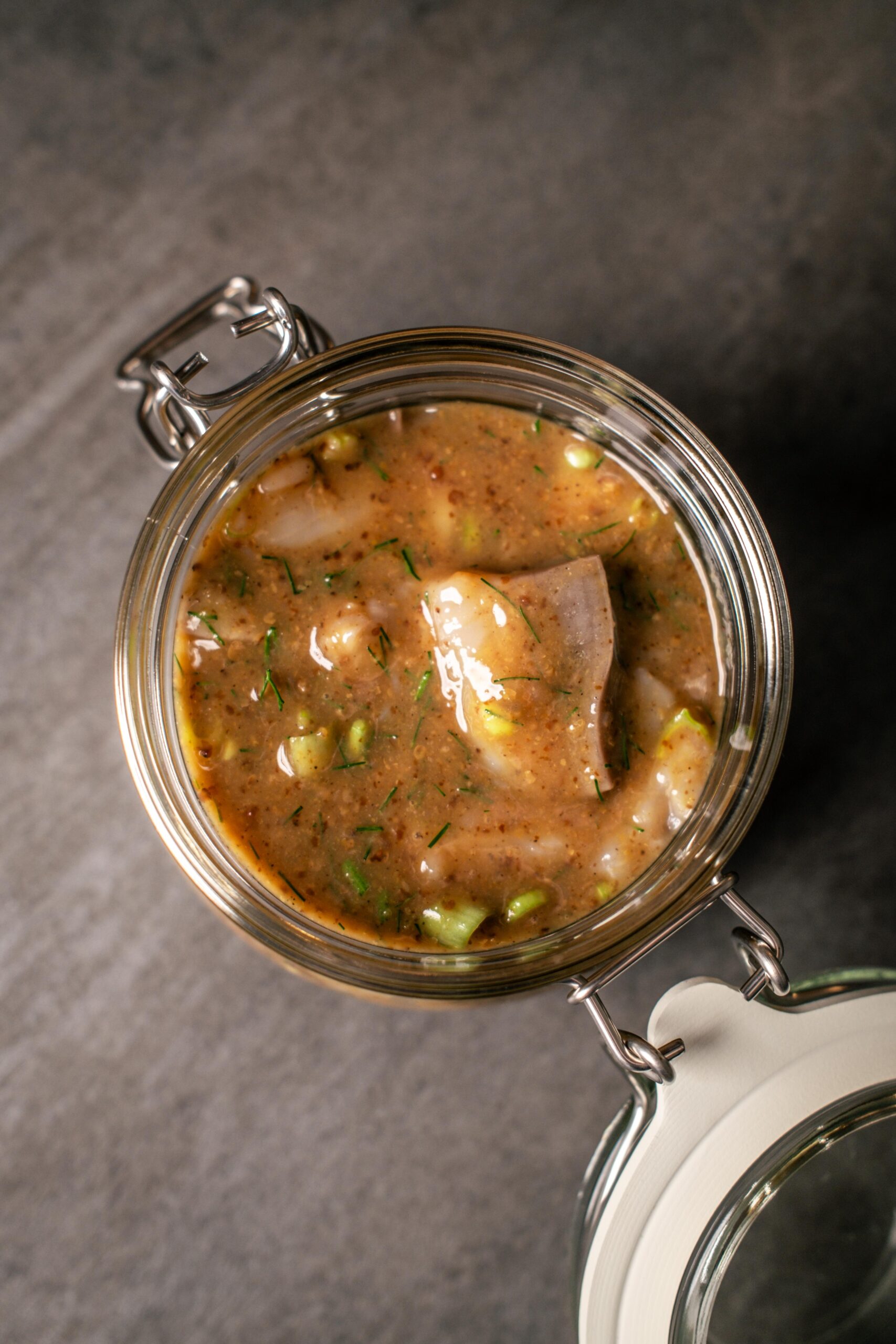
Pickled herring is the heart of any Midsommar spread. Even if you don’t think you like fish, Swedes will gently insist you try at least one bite. That’s the rule.
There isn’t just one kind of herring. You’ll usually find a few bowls with different flavors:
- Mustard herring
- Onion herring
- Dill herring
- Garlic herring
- Even curry herring
Every family has their favorite. The herring is eaten with boiled potatoes and sour cream. It’s also the dish that kicks off the first snaps song of the day.
New Potatoes with Dill
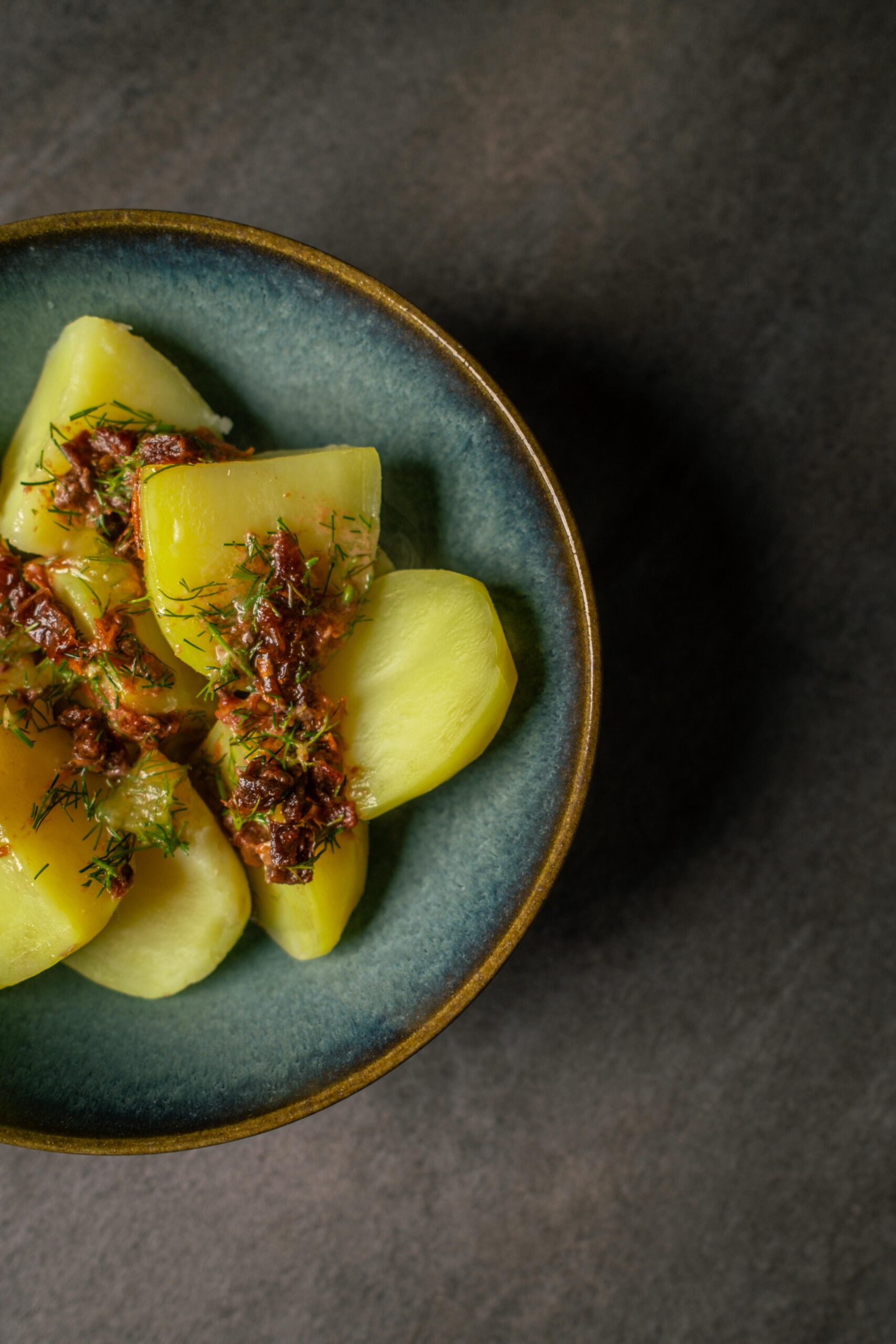
Freshly harvested new potatoes are a summer treasure in Sweden. These little golden gems are boiled with their skins on, tossed in butter, and sprinkled with fresh dill.
They’re soft, earthy, and taste like the beginning of summer. Simple as they are, Swedes talk about them with the same reverence usually reserved for fine wine. Add some sour cream or a slice of herring, and you’re eating like a local.
Gravad Lax (Cured Salmon)
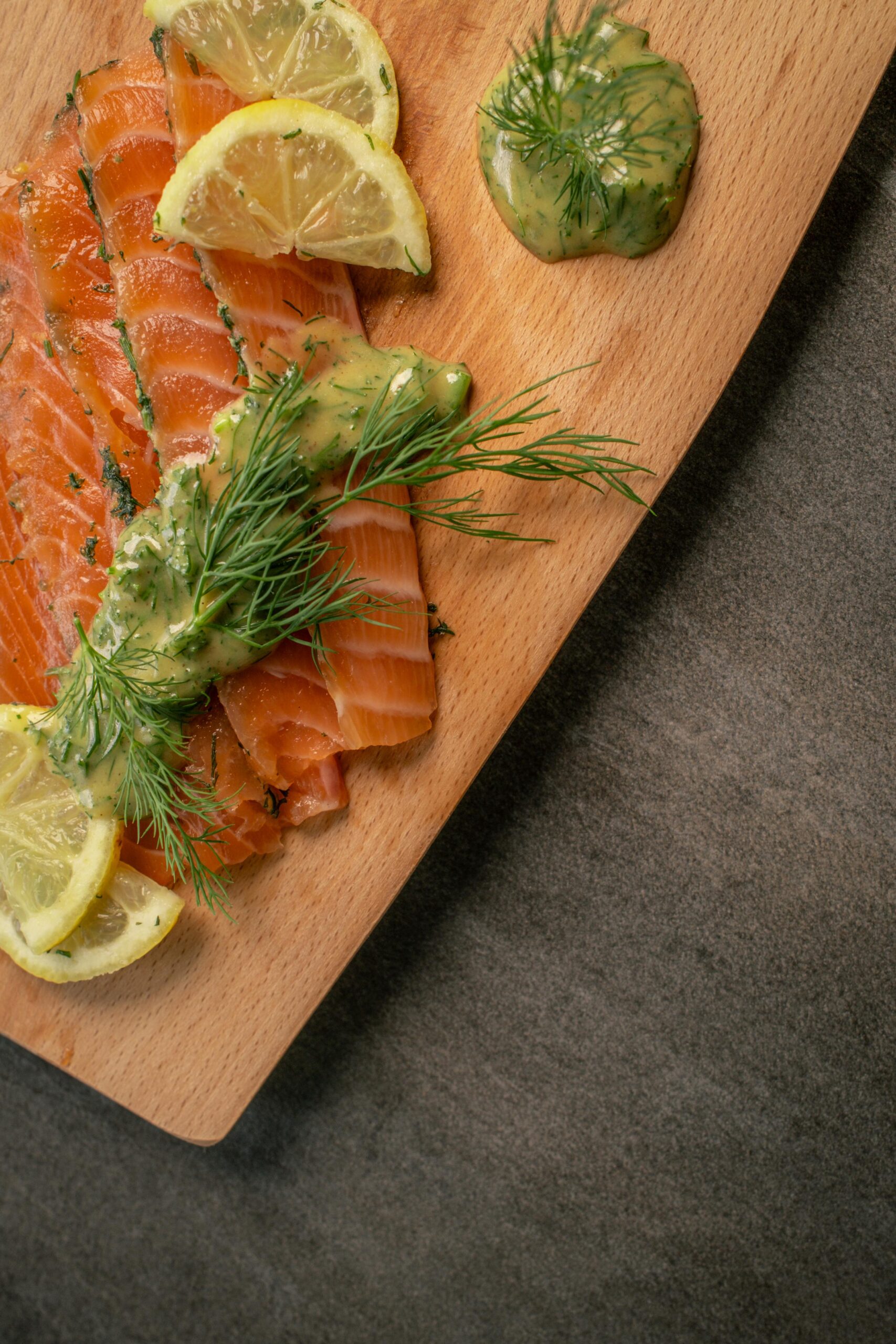
Gravad lax is thinly sliced salmon cured with sugar, salt, and dill. It’s soft, smooth, and incredibly flavorful. You usually eat it with a mustard-dill sauce called hovmästarsås.
Serve it on a slice of crispbread, or just enjoy it on its own. It’s elegant without being fancy. Most Midsommar tables also include a few more seafood options, like smoked salmon or a bowl of skagenröra (shrimp salad).
Västerbottensostpaj
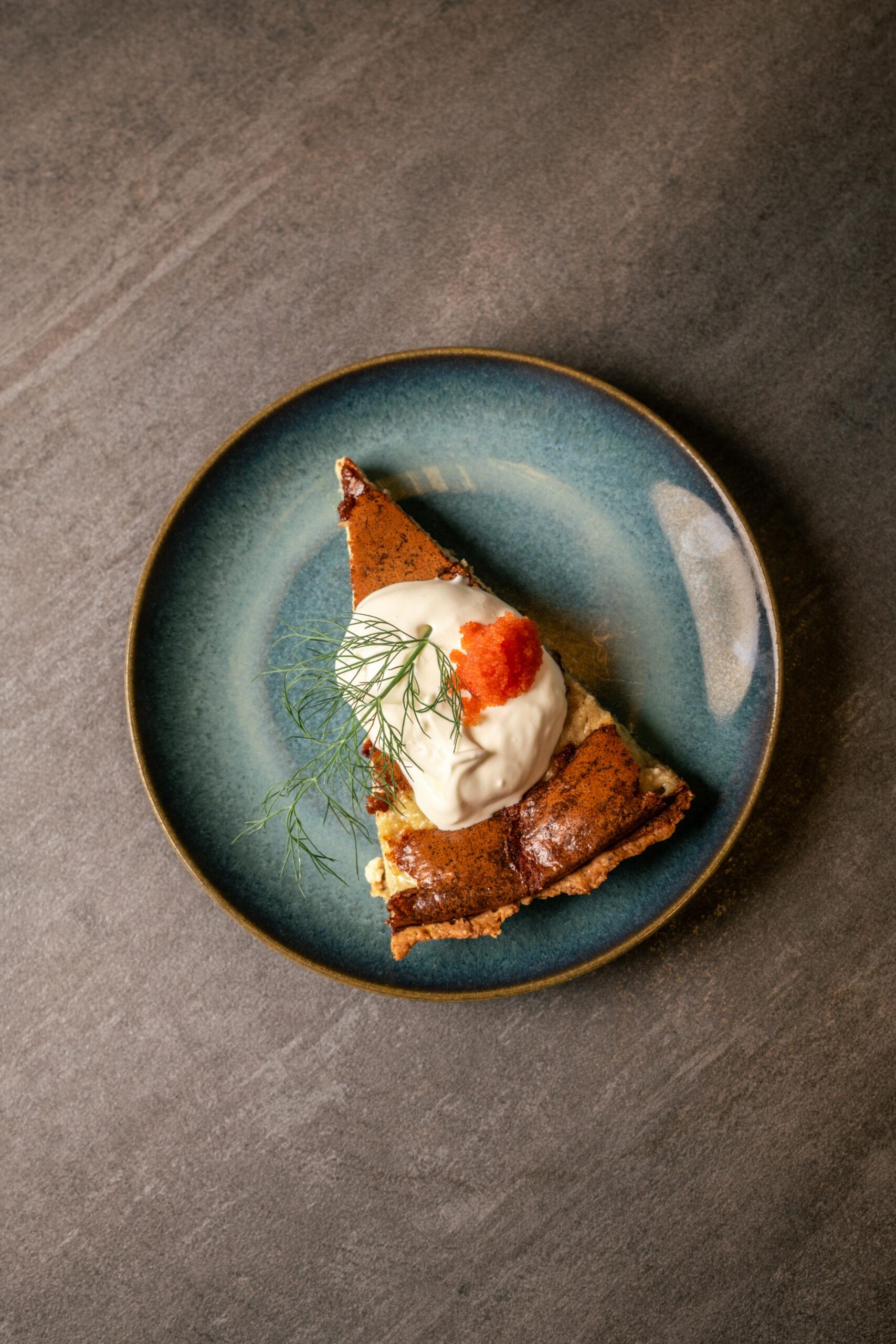
This savory cheese pie might not be as ancient as pickled herring, but it’s earned a permanent place on the Midsommar menu.
Made with Västerbotten cheese (think strong, nutty, and sharp), eggs, and cream, it’s baked into a buttery crust and served cold or room temperature. It’s often topped with crème fraîche and roe, but it’s delicious on its own too.
You’ll spot it at every major Swedish holiday, and for good reason.
Strawberry Cake (Jordgubbstårta)
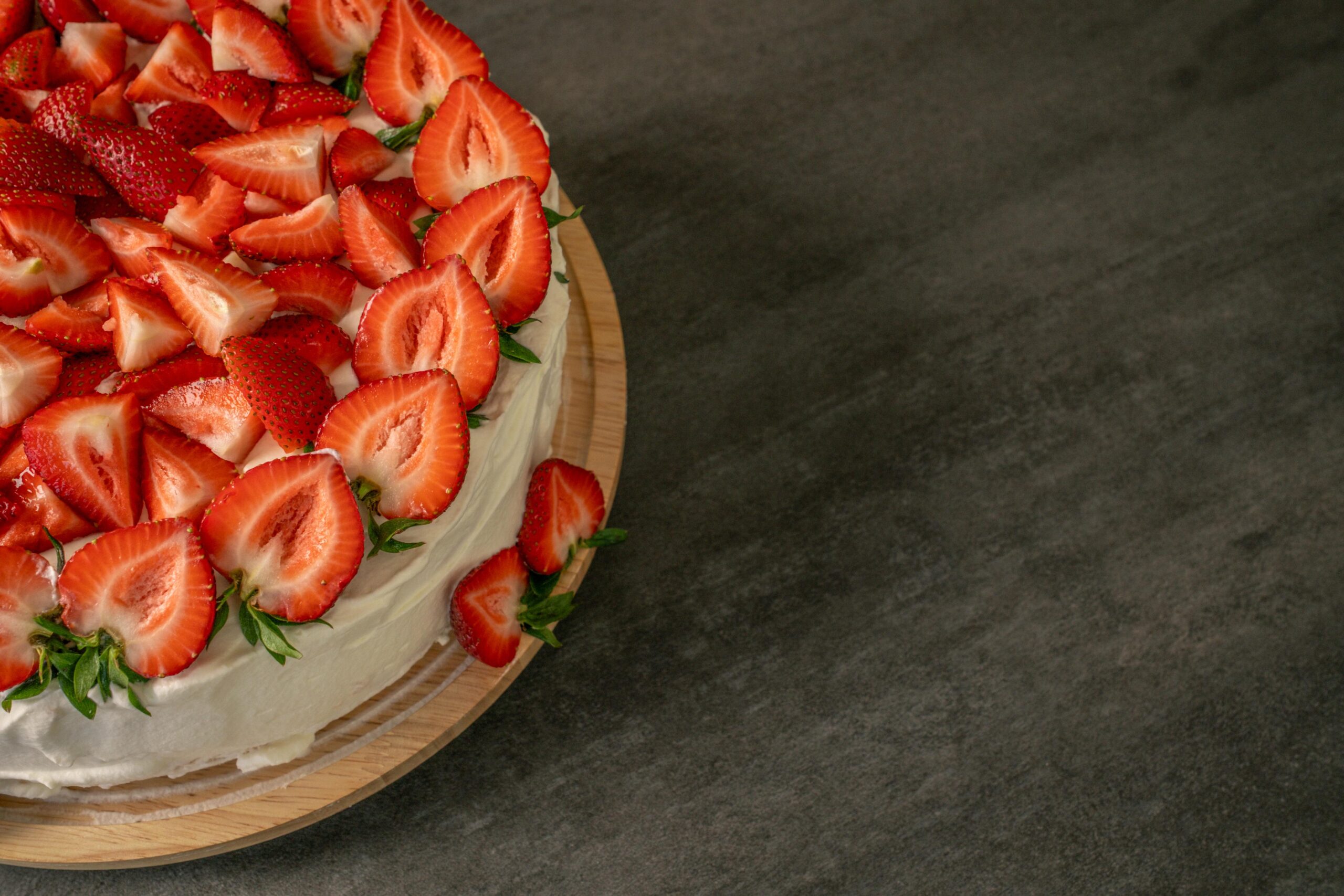
This is the grand finale. A light sponge cake layered with whipped cream and fresh strawberries. Simple, summery, and completely irresistible.
Strawberries are a huge part of Swedish summer. They’re the signal that the season has finally arrived. Every bakery and supermarket sells ready-made cakes around Midsommar, but homemade ones always taste better.
Serve it with coffee. Or have it for breakfast the next day. No one’s judging.
Snaps and Singing
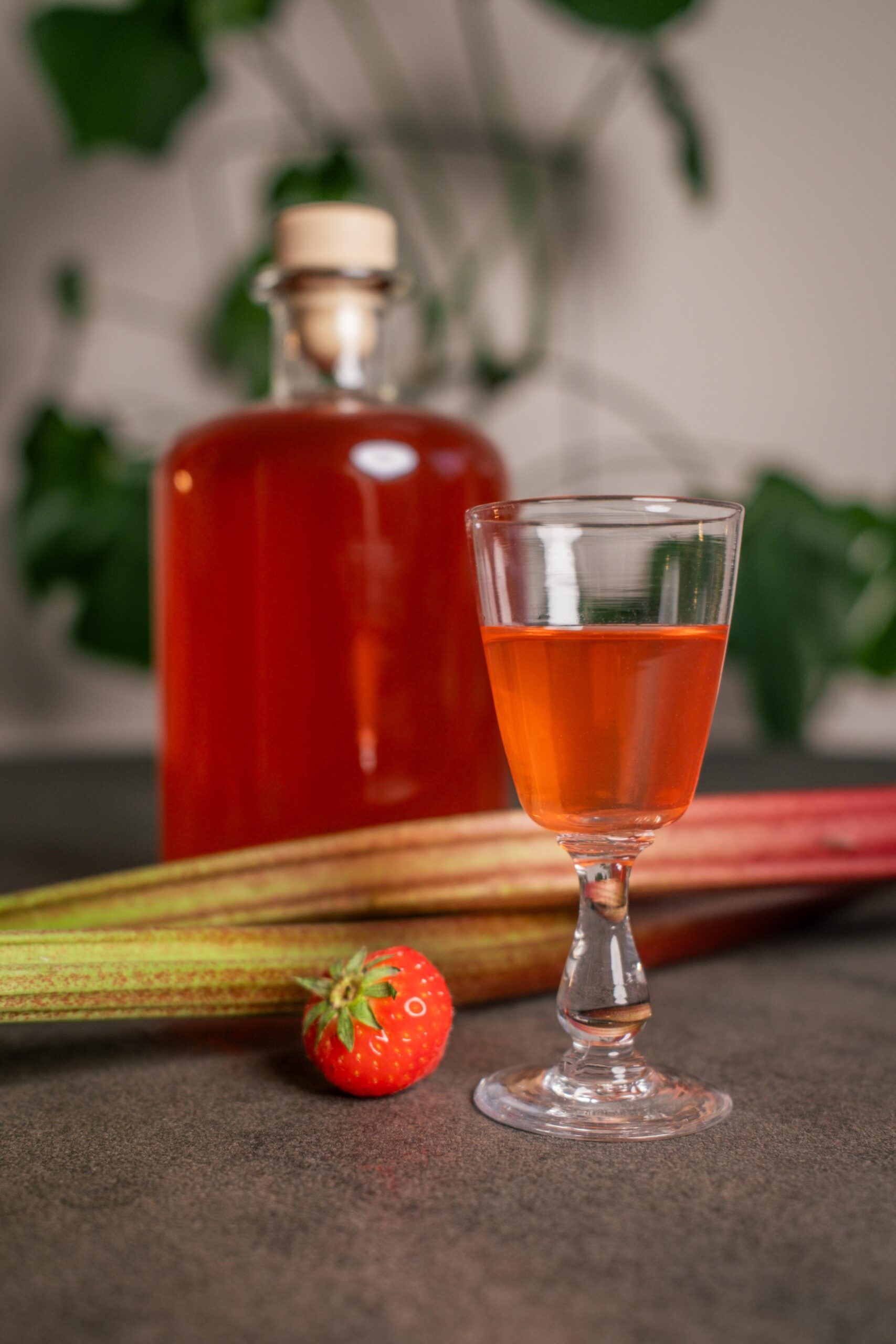


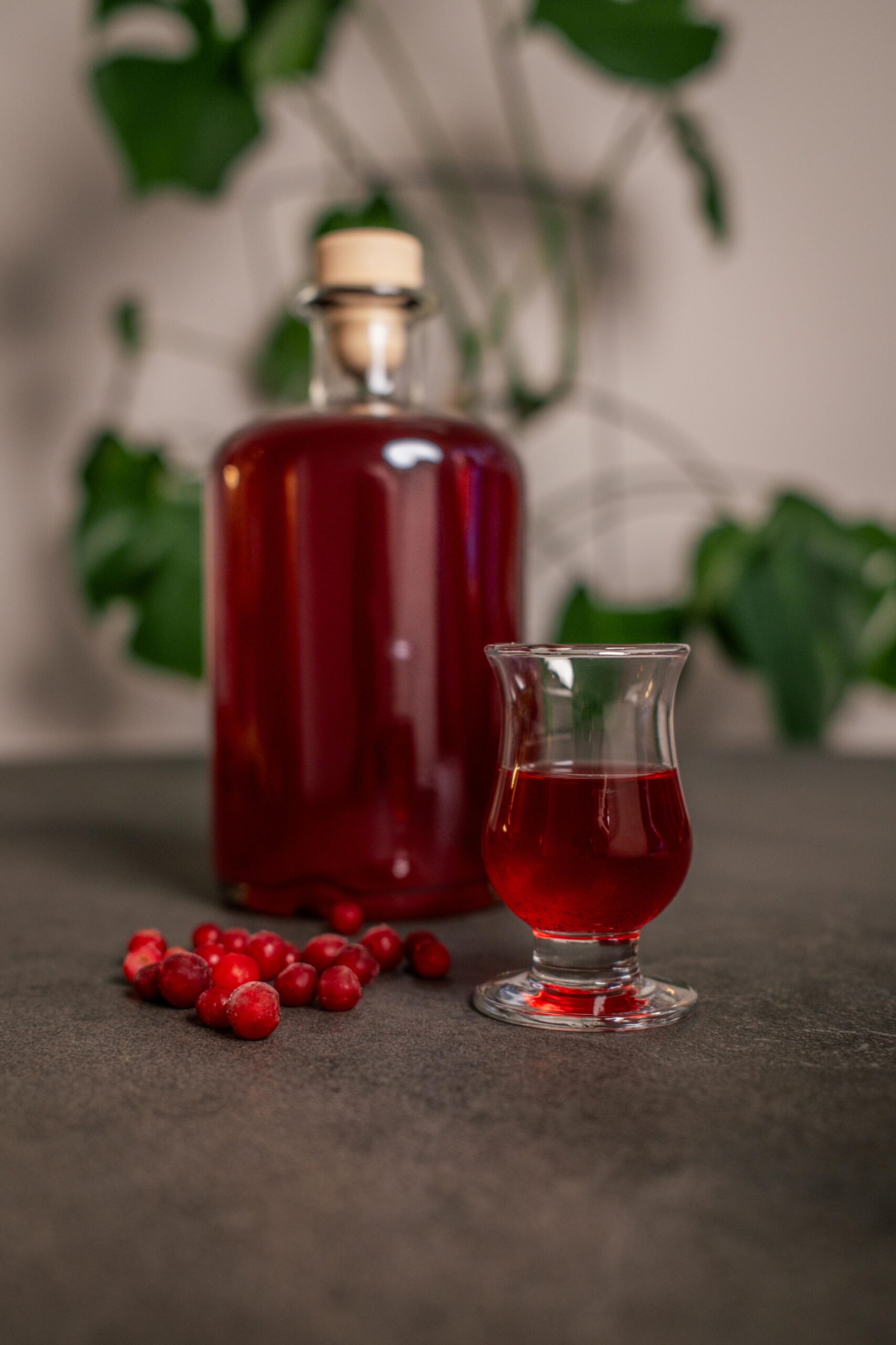
Is snaps technically a dish? No. But it’s an essential part of the Midsommar food experience.
Snaps is a shot of strong alcohol (usually aquavit) that’s taken with a song. Swedes know all the lyrics. You’ll just hum along. Eventually, you’ll catch on.
Each song ends with a “Skål!” and the sound of glasses clinking. It’s joyful, loud, and part of the rhythm of the day.
Ready to Celebrate Midsommar Like a Swede?
If you’ve ever dreamed of dancing around a maypole with flowers in your hair and a strawberry cake in the oven, I’ve got you covered.
My e-book “Midsommar – The Swedish Way” is your go-to guide for hosting, cooking, and celebrating like a local. Inside, you’ll find:
- 31 traditional and modern recipes
- Easy-to-follow tips for first-timers
- Swedish songs with lyrics and translations
- Decorations, rituals, and fun facts
- Food safety tips to make your feast not just delicious but safe – from food safety specialist (that’s me!)
Whether you’re in Sweden or celebrating from afar, this guide brings the magic of Midsommar to your home.
















